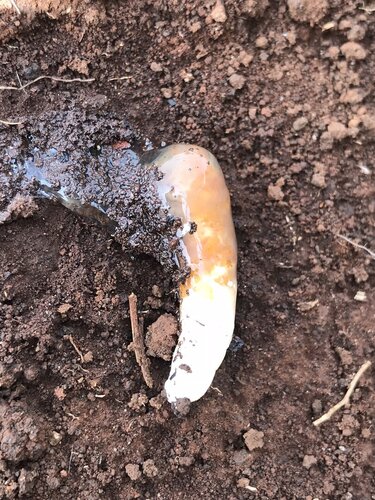Highway61
Chameleon Enthusiast
This is something I was not aware of until Petr brought it to my attention. And that is, my cham's urates have always look white to me but that's a sign of consuming too much water. I took some shots of his urates after they've long dried. Looks white to me:


And here's my Jack. I can't see any glaring health issues but if there are, please point them out.

And here's my Jack. I can't see any glaring health issues but if there are, please point them out.






